The power of Glenn Sestig’s architecture diary
The publication of a new monograph by Oscar Riera Ojeda Publishers, Glenn Sestig Architecture Diary, celebrates the powerful and quietly refined work of the Belgian architect
Jean-Pierre Gabriel - Photography

The Belgian architect Glenn Sestig’s new monograph is a testament to refinement, not just of physical form, but of materials and the interaction of light and shadow. On the surface, Sestig’s work feels like an endless quest in search of reduction and simplicity, but it’s the interplay of volumes, whether structural, material or physical, that gives these spaces their sense of enduring solidity.
There is no typical Sestig project, but there is a clear unity on display, from the grand villas that continue Belgium’s long-standing modernist tradition, as well as installation-like retail projects and one-offs (including work for our own Handmade series). His own studio in Deurle, for example, ably conjures up bunker Brutalism, fashion store serenity, Zen minimalism and a rugged Nordic aesthetic, coming up with something remarkably original in the process. Many of the projects within the Architecture Diary are hybrid spaces, in that they combine the art gallery asceticism with domestic scale.

In Sestig’s world, raw concrete is taken to another level of textured sensuality, with pre-cast and poured concrete elements standing alone amidst pared back surfaces, white walls, mirrors and rich natural materials. Floorplans are dense, multi-layered diagrams that are works of art in their own right, showing these low-lying, horizontal compositions seep into the surrounding landscape, meticulously fused with new planting and existing trees that punctuate their slender facades.
With photography throughout by Jean Pierre Gabriel and meticulous art direction by Diederik Serlet, Architecture Diary chronicles two decades of practice and 40 works, demonstrating remarkable cohesion of vision and approach. That’s not say there’s no evolution here; if anything, as Sestig’s ambition has expanded, so have the visions and demands of his clients. The Mulier Penthouse in Antwerp, home of the fashion designers Pieter Mulier and Matthieu Blazy, is characteristic of this synergy. A winding labyrinth of level changes, ramps and terraces, concrete adjacent to marble, the single bedroom rooftop apartment is part installation, part living space, a totally unique fusion of visions.
The monograph has an introduction by our very own Nick Vinson, along with an essay from wallpaper*’s Architecture Editor Ellie Stathaki and interviews with a number of key Sestig clients.
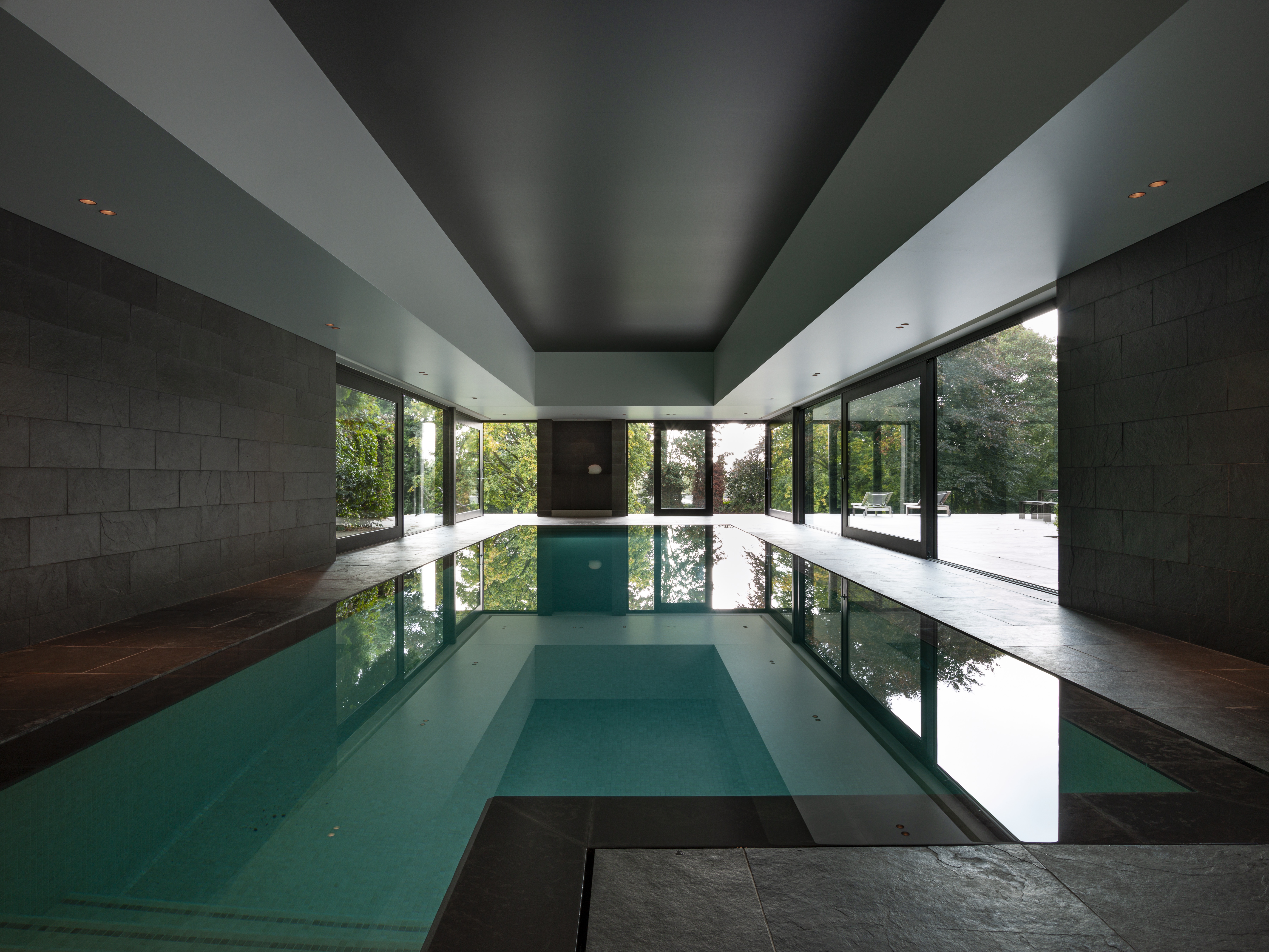
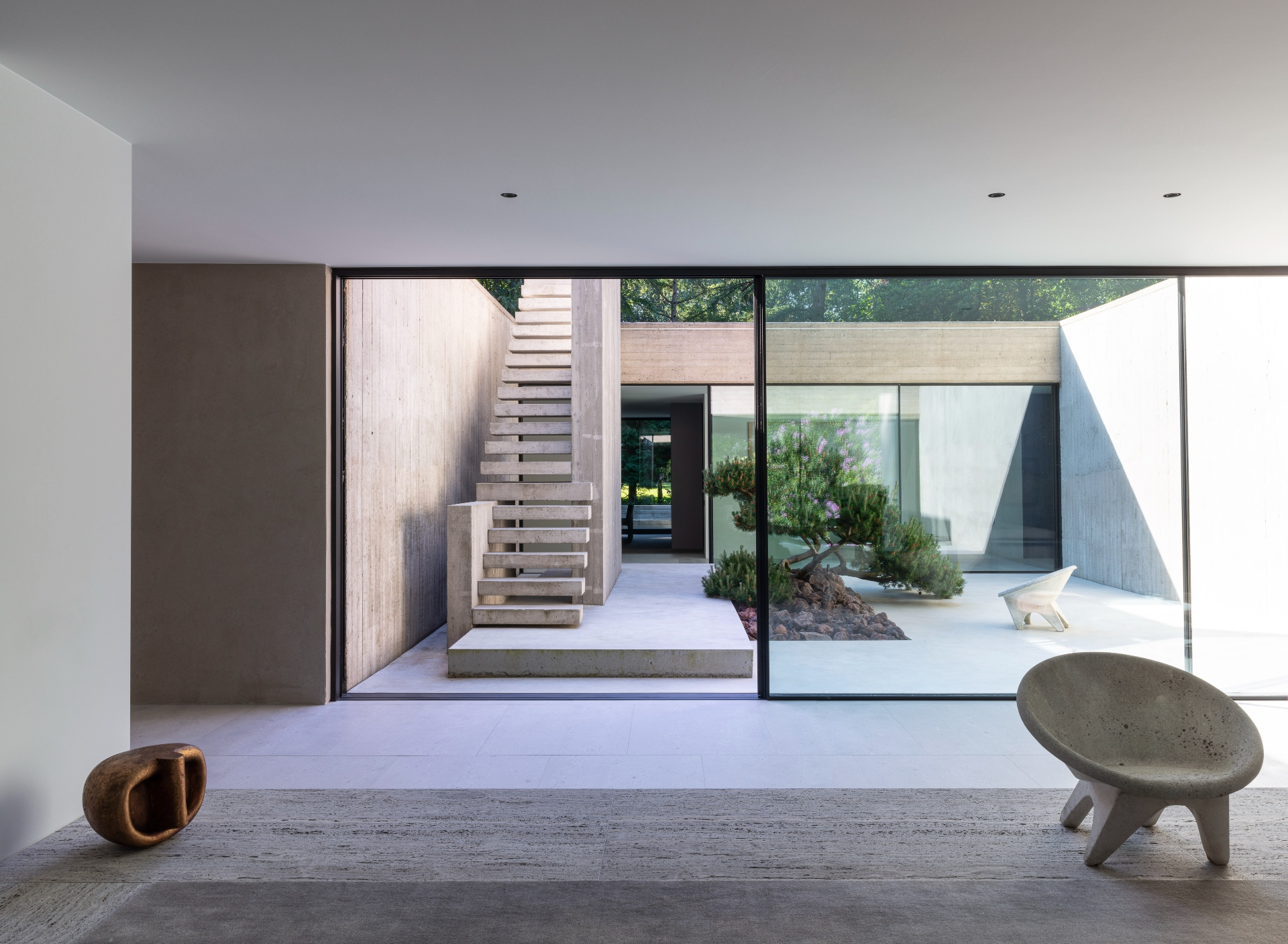


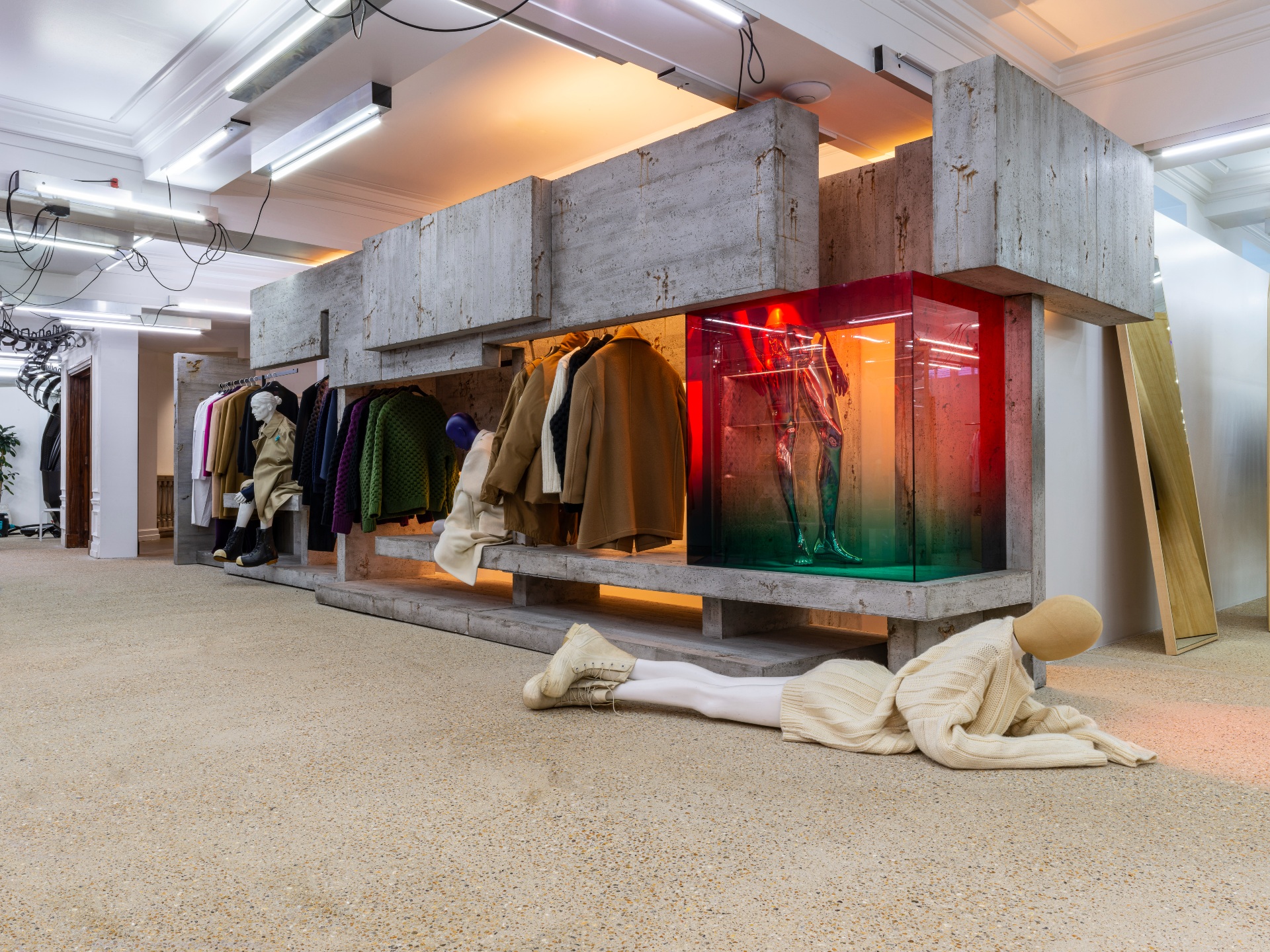

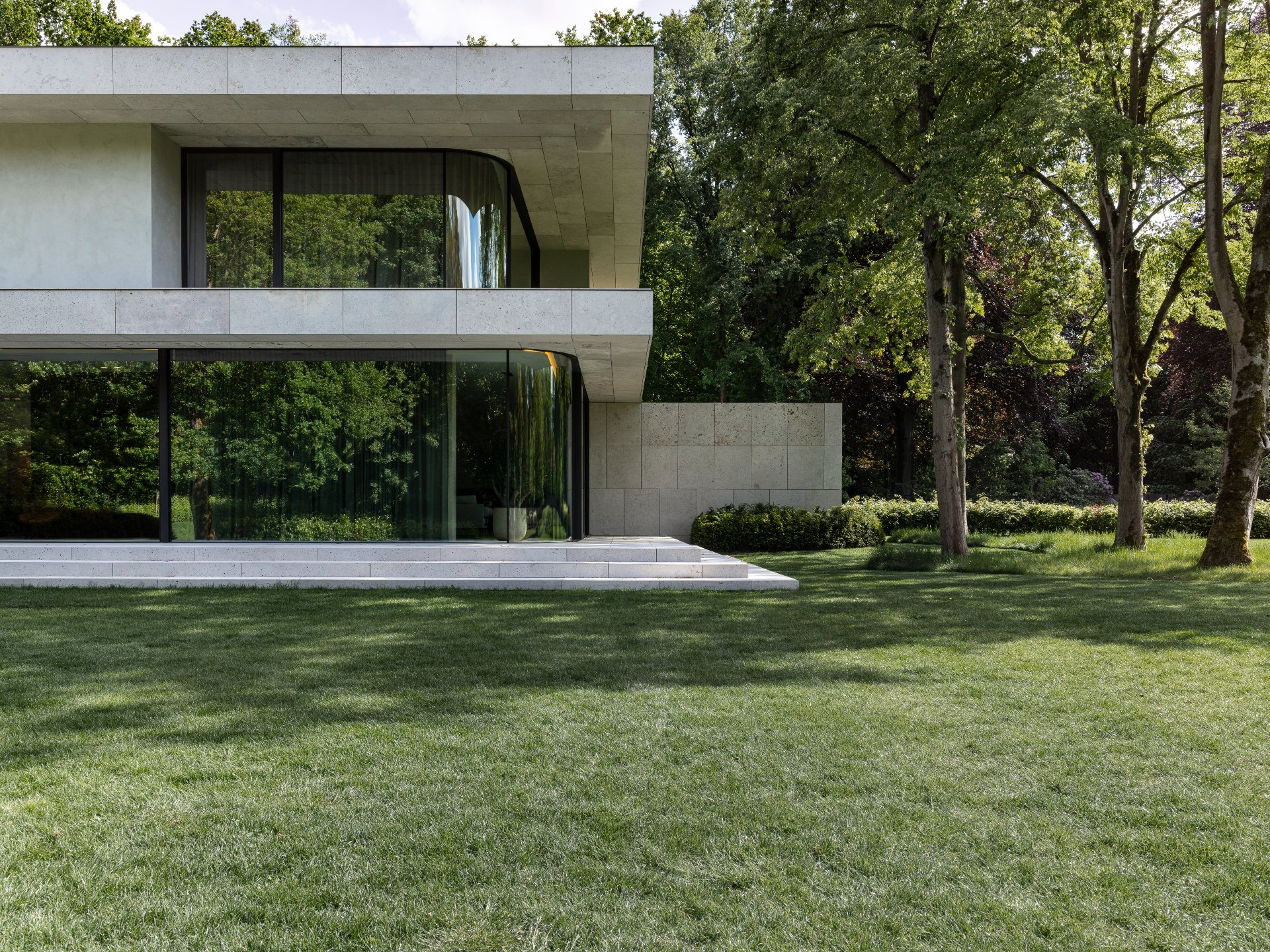

INFORMATION
Glenn Sestig Architecture Diary, Oscar Riera Ojeda Publishers, $75
oropublishers.com; glennsestigarchitects.com
Also available with slipcase from Amazon
Receive our daily digest of inspiration, escapism and design stories from around the world direct to your inbox.
Jonathan Bell has written for Wallpaper* magazine since 1999, covering everything from architecture and transport design to books, tech and graphic design. He is now the magazine’s Transport and Technology Editor. Jonathan has written and edited 15 books, including Concept Car Design, 21st Century House, and The New Modern House. He is also the host of Wallpaper’s first podcast.
-
 These Kickstarter catastrophes and design duds proved tech wasn’t always the answer in 2025
These Kickstarter catastrophes and design duds proved tech wasn’t always the answer in 2025Odd ideas, Kickstarter catastrophes and other haunted crowd-funders; the creepiest, freakiest and least practical technology ideas of 2025
-
 This floating river cabin in Serbia is a peaceful haven inspired by old shipyards
This floating river cabin in Serbia is a peaceful haven inspired by old shipyardsThis Sava River cabin, a floating design by Aleksandar Stanković, is an intimate home, perfect for leisurely afternoons, cold water swimming and weekend stays
-
 2026 horoscope: design for every star sign
2026 horoscope: design for every star signFor the Wallpaper* 2026 horoscope, we asked Italian astrologist Lumpa what the stars have in store for the year ahead, and what design objects each sign will need to face the new year
-
 The diverse world of Belgian embassy design – 'style and class without exaggeration'
The diverse world of Belgian embassy design – 'style and class without exaggeration''Building for Belgium: Belgian Embassies in a Globalising World' offers a deep dive into the architecture representing the country across the globe – bringing context to diplomatic architecture
-
 David Kohn’s first book, ‘Stages’, is unpredictable, experimental and informative
David Kohn’s first book, ‘Stages’, is unpredictable, experimental and informativeThe first book on David Kohn Architects focuses on the work of the award-winning London-based practice; ‘Stages’ is an innovative monograph in 12 parts
-
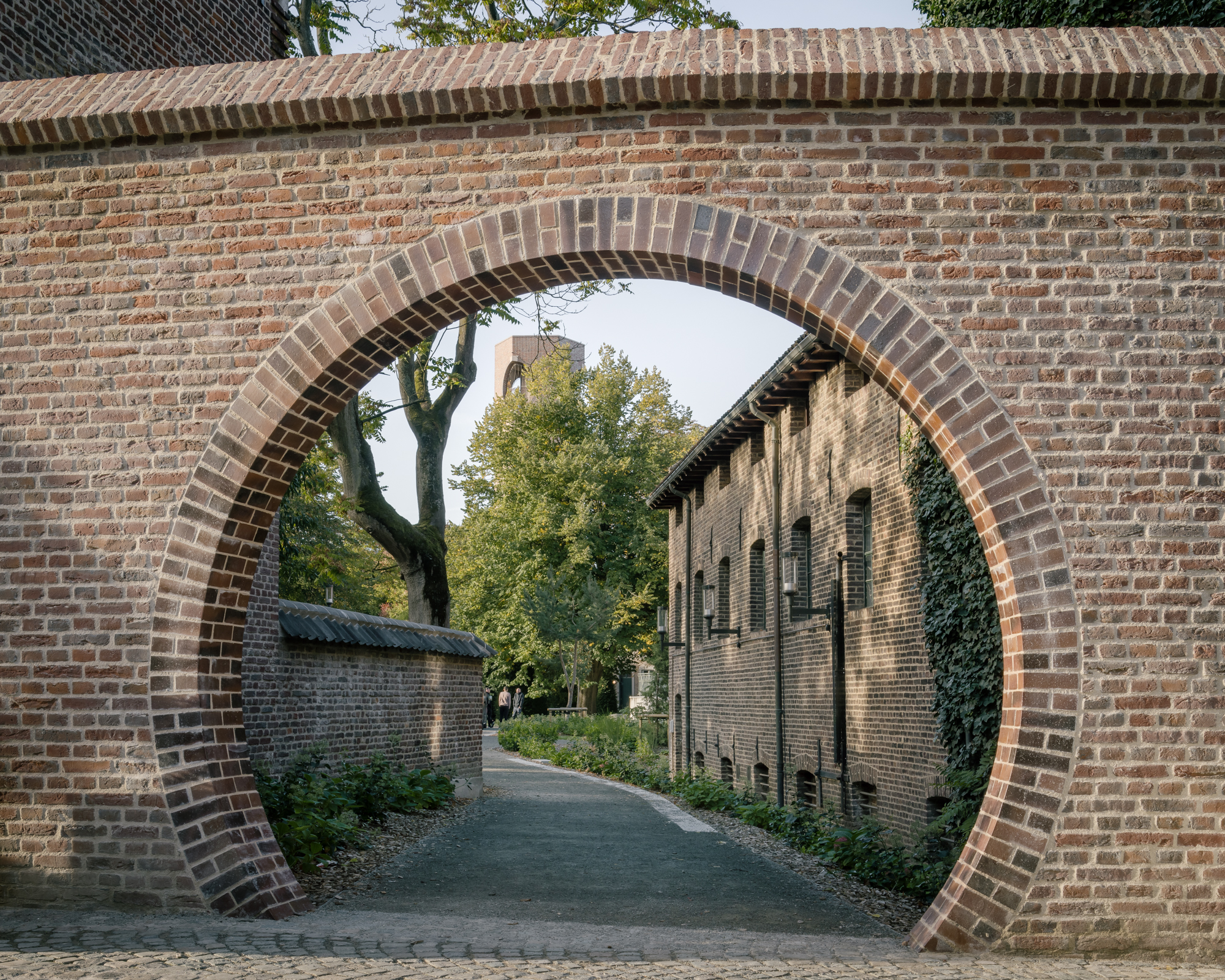 How a former women’s community in Belgium became a model for adaptive reuse
How a former women’s community in Belgium became a model for adaptive reuseA Hasselt beguinage, transformed to the 21st century through smart adaptive reuse by London-based architect David Kohn and Antwerp's Dirk Somers, makes for a fitting home for the city's Interior Architecture university programme
-
 Woodstock House reinterprets modernist legacy through 21st-century sustainability
Woodstock House reinterprets modernist legacy through 21st-century sustainabilityLocally sourced materials and high design ambition merge in the newest residential work by Belgium’s BC Architects & Studies & Materials
-
 Explore Tom Kundig’s unusual houses, from studios on wheels to cabins slotted into boulders
Explore Tom Kundig’s unusual houses, from studios on wheels to cabins slotted into bouldersThe American architect’s entire residential portfolio is the subject of a comprehensive new book, ‘Tom Kundig: Complete Houses’
-
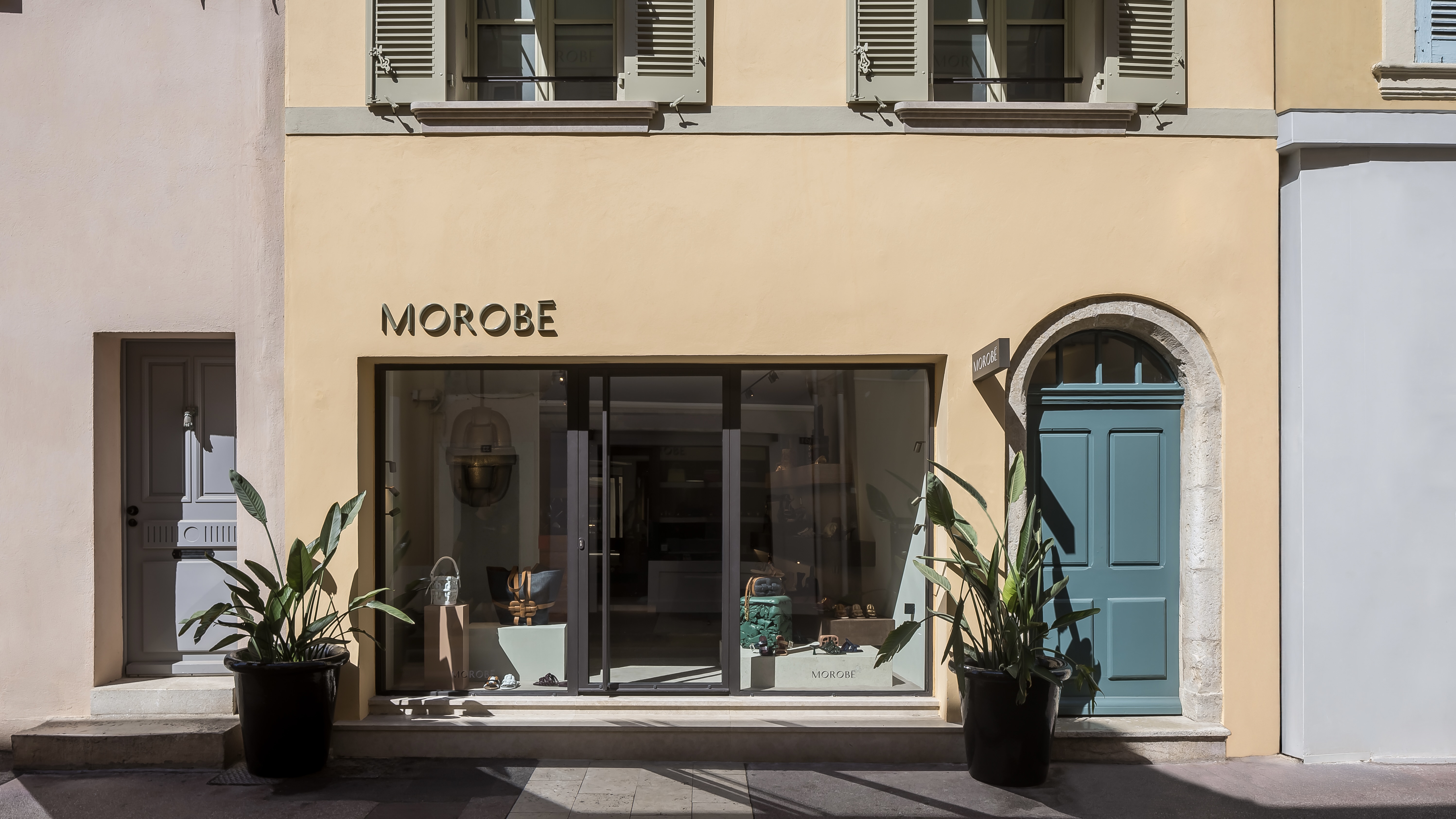 Glenn Sestig brings his fashion-infused design to a French Riviera flagship
Glenn Sestig brings his fashion-infused design to a French Riviera flagshipThe Belgian architect is the creative force behind the modern-meets-Mediterranean design of shoe label Morobé’s new store in Saint-Tropez
-
 ‘Landscape architecture is the queen of science’: Emanuele Coccia in conversation with Bas Smets
‘Landscape architecture is the queen of science’: Emanuele Coccia in conversation with Bas SmetsItalian philosopher Emanuele Coccia meets Belgian landscape architect Bas Smets to discuss nature, cities and ‘biospheric thinking’
-
 Explore the landscape of the future with Bas Smets
Explore the landscape of the future with Bas SmetsLandscape architect Bas Smets on the art, philosophy and science of his pioneering approach: ‘a site is not in a state of “being”, but in a constant state of “becoming”’